| Douglasdale Images and Impressions |
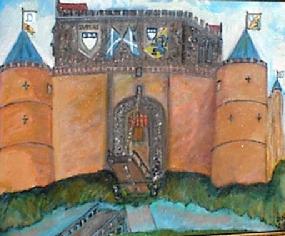 |
| Douglas Castle 1289 |
|
|
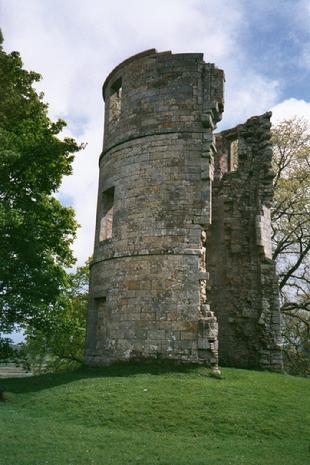 |
| Castle Dangerous |
|
The Folly Tower is all that remains of the 13th century fortress once called Castle Dangerous; a corner tower dating to the 1297-1307 renovations completed under the lordship of Sir Robert de Clifford. In September 1307 after setting a number of sieges upon Douglas Castle, James Douglas, the eldest son of Sir William le Hardi Douglas finally raised the family stronghold to the ground; driving the English out of Douglasdale for decades to come of peace and prosperity. The Good Sir James was restored to the Douglas barony on April 1, 1320 by Robert the Brus. Though offered an earldom, Sir James quietly refused; retaining only the baronial title of James, Lord Douglas, following in the footsteps of his beloved father and martyred patriot, William Lord Douglas.
|
 |
| William le Hardi, Tower of London October 1298 |
|
|
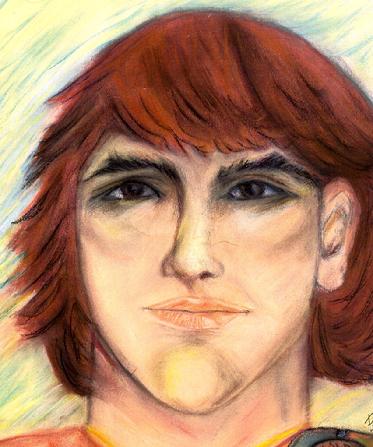 |
| William le Hardi in the Levant as a Crusader 1270 |
|
|
 |
| Sir Archibald Douglas, Regent of Scotland by Spirit Artist Rita Berkowitz. |
|
|
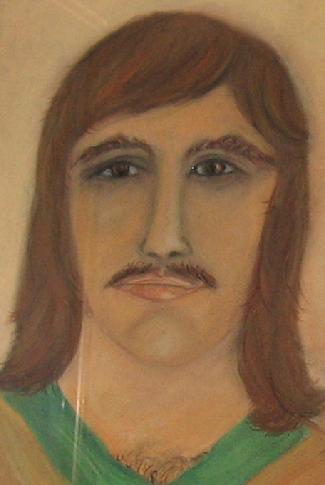 |
| Archibald Douglas in early 1313 before the siege at Roxburgh Castle where he suffered a broken his nose |
|
|
|
|
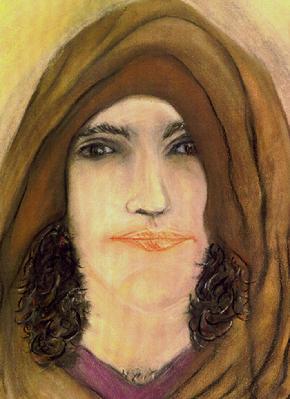 |
| A young James in 1298 not yet thirteen, wearing a hood, looking more a monk than page at the funeral of his father William le Hardi, Little Dunmow Priory, Essex. |
|
|
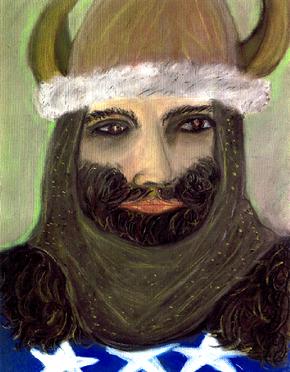 |
| The Black Douglas in 1316...From his manor of Lintalee in the Borders, the Good Sir James took fifty men-at-arms and a body of archers and defeated Sir Thomas Richmond and his much larger force of 10,000 armed horse, archers and foot soldiers. Richmond envied the fame of Sir James and paid for his folly with his life; a dagger to the heart from his opponent, who also took his fur hat for trophy. |
|
|
 |
| An image of Sir James Douglas created by Galyn Dvorak; notice the large, loose shirt that covers his tall, wiry frame |
|
|
 |
| Charles of Invercarron or Charlie to his friends; a Deerhound of Distinction at Balgonie Castle, Scotland.The breed is Deerhound, though originally they were called Greyhounds. |
|
|
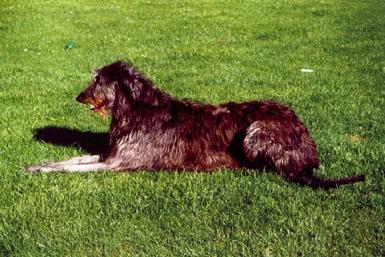 |
| The rescued Deerhounds of Balgonie have the run of the castle and grounds. Sir Shamus, the wee hound of William le Hardi Douglas would have enjoyed retiring to this Deerhound Paradise in Fife. Above, Gandolph enjoys a sunny day in Scotland! Click on the image to learn more about Balgonie Castle. |
|
|
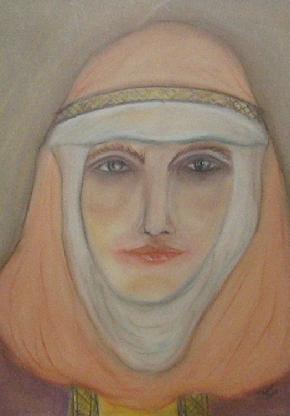 |
| Elizabeth Steward as she might have looked in her late twenties, just before her death in late 1286. She was the mother of the Good Sir James, named for her brother the High Steward, and St. James the Great patron saint of the Stewards. Sir William le Hardi Douglas's first wife. |
|
|
 |
| Sir Archibald Douglas Regent of Scotland 1333; using his updated armorial bearings with the 'bludy heart' |
|
|
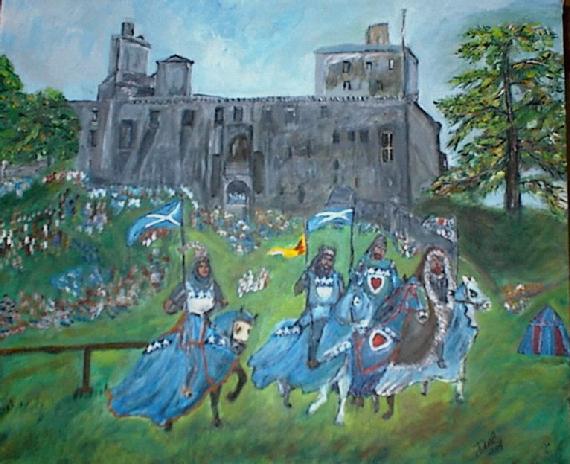 |
| William le Hardi, 7th Lord Douglas; James, 8th Lord Douglas; Archibald, Regent of Scotland; Hugh, Canonic see of Glasgow depicted in Tournament at Linlithgow Peel. |
|
|
|